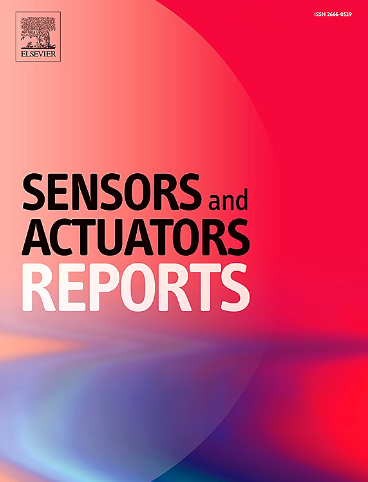Straightforward and sensitive detection of micro-nano plastics with surface-enhanced Raman spectroscopy by the filtration-dissolution- adsorption strategy
IF 7.6
Q1 BIOTECHNOLOGY & APPLIED MICROBIOLOGY
引用次数: 0
Abstract
Micro-nano plastics (MNPs) have become pervasive throughout the environment and emerged as significant pollutants, posing a potential threat to the natural environment and human health. Nonetheless, there remains a technological gap in the accurate analysis of trace and small-size MNPs in the environment. This study proposes a refined strategy for sample pretreatment and surface-enhanced Raman spectroscopy (SERS) analysis of MNPs in a water environment. MNPs were initially captured from the matrix using filter membranes, and subsequently released using an appropriate solvent. This approach not only separated the MNPs from the matrix and impurities, but also allowed the irregular and rigid MNPs to fit the surface of the KI-modified SERS substrates. This SERS-based approach facilitates the analysis of polystyrene (PS) MNPs of varying sizes at a concentration of 0.05 ng/mL across multiple water matrices. Furthermore, PS MNPs released from disposable cups were found using this method in everyday life. This simple and highly efficient strategy is ideal for the analyzing MNPs in everyday life and has the potential to facilitate future research on MNPs in the environment and their impact on human health.

采用过滤-溶解-吸附策略的表面增强拉曼光谱对微纳塑料进行简单、灵敏的检测
微纳塑料在环境中无处不在,已成为重要的污染物,对自然环境和人类健康构成潜在威胁。尽管如此,在准确分析环境中痕量和小尺寸MNPs方面仍然存在技术差距。本研究提出了一种用于水环境中MNPs样品预处理和表面增强拉曼光谱(SERS)分析的改进策略。MNPs最初使用过滤膜从基质中捕获,随后使用适当的溶剂释放。这种方法不仅使MNPs与基体和杂质分离,而且使不规则和刚性的MNPs能够贴合ki修饰的SERS底物的表面。这种基于sers的方法有助于分析不同大小的聚苯乙烯(PS) MNPs,浓度为0.05 ng/mL,跨越多种水基质。此外,在日常生活中,用这种方法发现了一次性杯子释放的PS MNPs。这种简单而高效的策略是分析日常生活中MNPs的理想方法,并有可能促进未来对环境中MNPs及其对人类健康影响的研究。
本文章由计算机程序翻译,如有差异,请以英文原文为准。
求助全文
约1分钟内获得全文
求助全文
来源期刊

Sensors and Actuators Reports
Multiple-
CiteScore
9.60
自引率
0.00%
发文量
60
审稿时长
49 days
期刊介绍:
Sensors and Actuators Reports is a peer-reviewed open access journal launched out from the Sensors and Actuators journal family. Sensors and Actuators Reports is dedicated to publishing new and original works in the field of all type of sensors and actuators, including bio-, chemical-, physical-, and nano- sensors and actuators, which demonstrates significant progress beyond the current state of the art. The journal regularly publishes original research papers, reviews, and short communications.
For research papers and short communications, the journal aims to publish the new and original work supported by experimental results and as such purely theoretical works are not accepted.
 求助内容:
求助内容: 应助结果提醒方式:
应助结果提醒方式:


